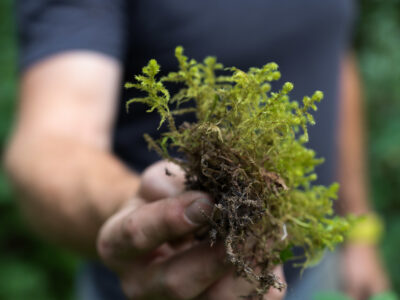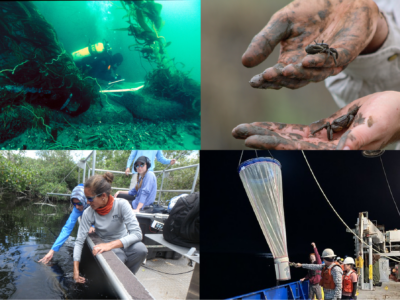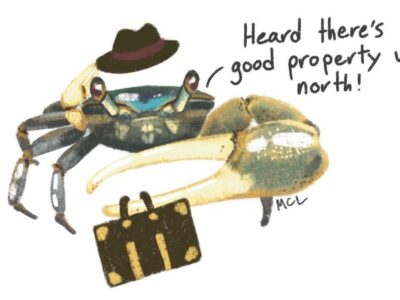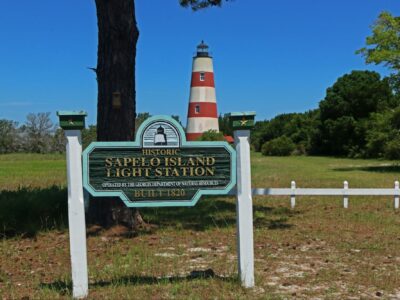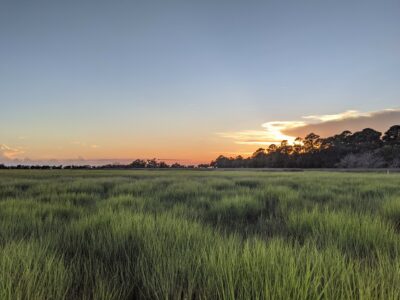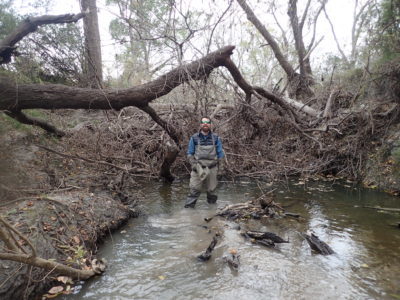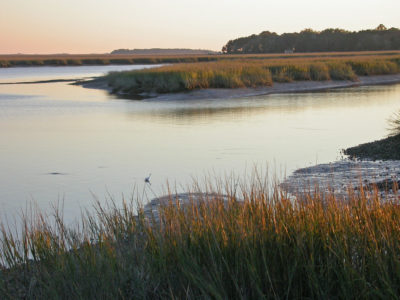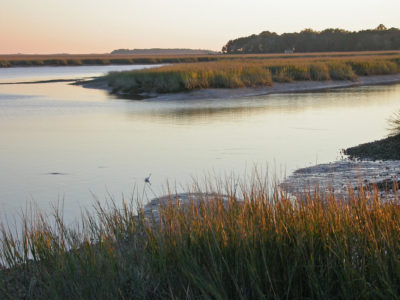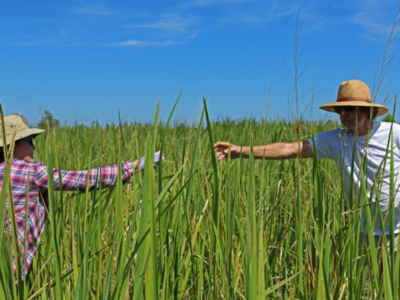A Day in the Life: Behind the Scenes on Sapelo Island
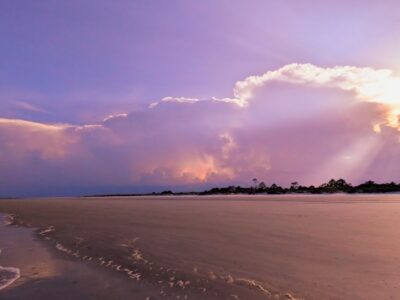
It is hard to put into words how exciting and simultaneously peaceful life is in this hidden corner of the world. The best we can hope to do is take you along for a regular day GCE LTER…make sure to slather yourself with sunscreen!

